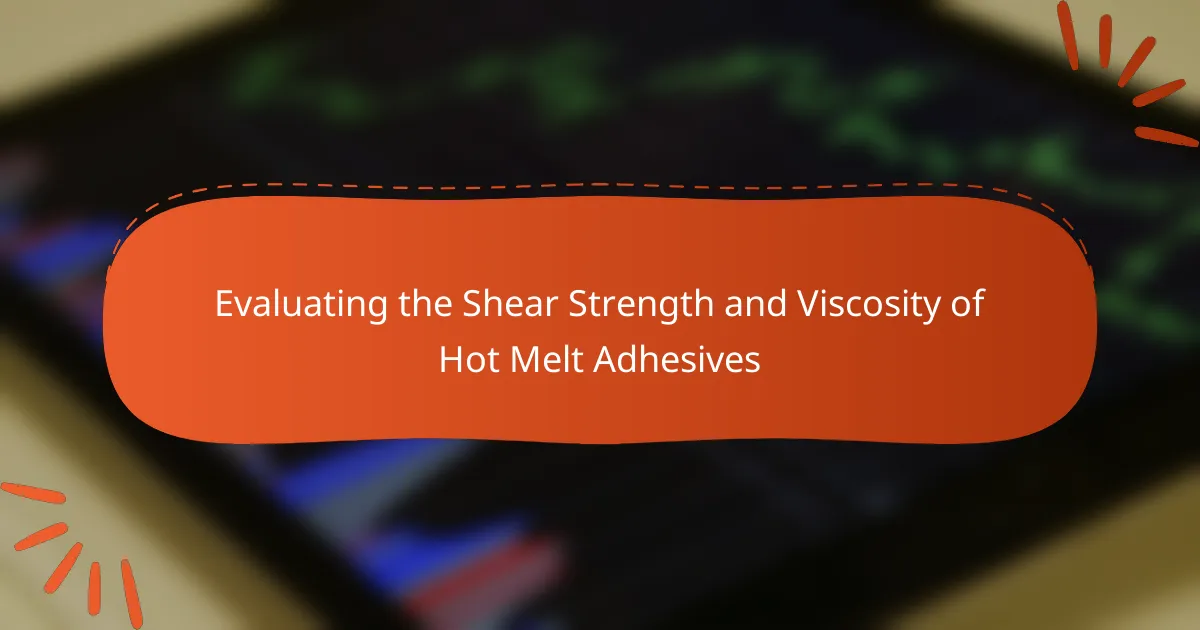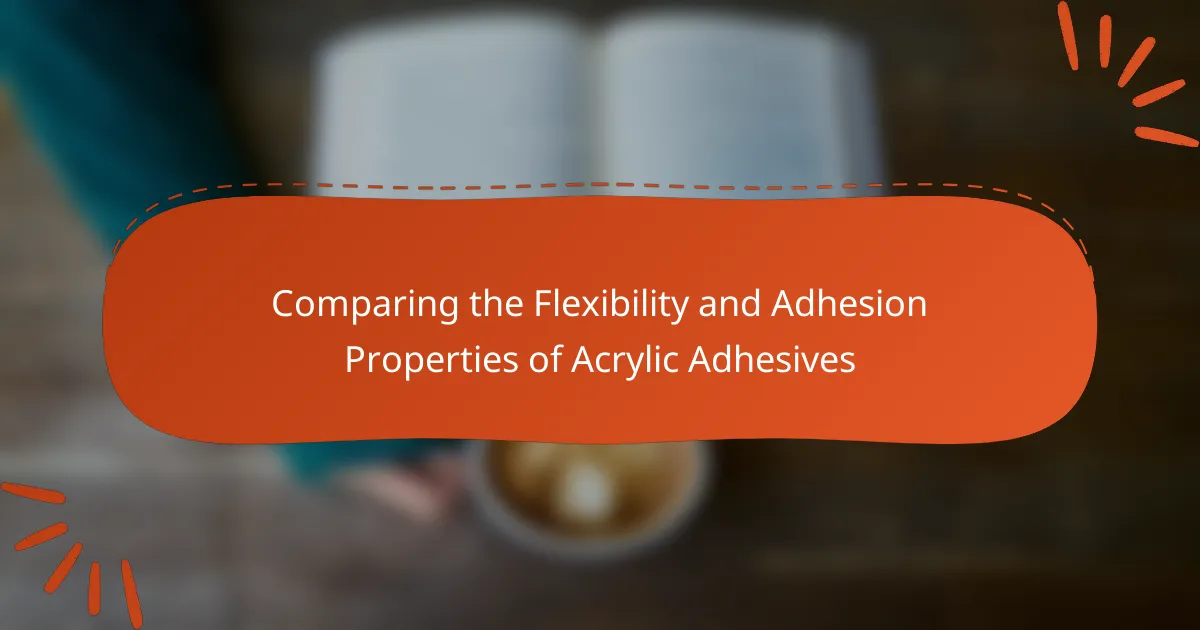Archive Post
Home
Evaluating the Shear Strength and Viscosity of Hot Melt Adhesives
Shear strength and viscosity are critical properties of hot melt adhesives that significantly impact their…
The Role of Additives in Enhancing Adhesive Performance
Additives are substances incorporated into adhesives to enhance their properties, improving performance characteristics such as…
Comparing the Flexibility and Adhesion Properties of Acrylic Adhesives
Acrylic adhesives are synthetic adhesives derived from acrylic polymers, recognized for their strong bonding capabilities…
Overview of Cyanoacrylate Adhesives: Bonding Strength, Drying Speed, and Surface Compatibility
Cyanoacrylate adhesives, commonly referred to as super glue, are fast-acting and strong adhesives known for…
Guide to Film Adhesives: Application Methods, Temperature Range, and Strength Characteristics
Film adhesives are specialized bonding agents that create a thin film layer to join materials,…
Features of Bio-based Adhesives: Sustainability, Performance, and Applications
Bio-based adhesives are adhesives made from renewable biological resources, including natural materials such as plant…
Understanding Contact Adhesives: Application Methods, Setting Times, and Surface Preparation
Contact adhesives are a type of adhesive that bond materials instantly upon contact, typically available…
Innovations in Environmental Resistance for Industrial Adhesives: New Materials, Enhanced Durability, and Application Techniques
Innovations in environmental resistance for industrial adhesives focus on the development of bio-based adhesives and…
Overview of Specialty Adhesives: Unique Properties, Niche Applications, and Market Trends
Specialty adhesives are unique bonding agents formulated for specific applications, distinguished from general-purpose adhesives by…
Best Practices for Acrylic Adhesives: Application Techniques and Surface Preparation
Acrylic adhesives, derived from acrylic polymers, are recognized for their strong bonding capabilities and versatility…










